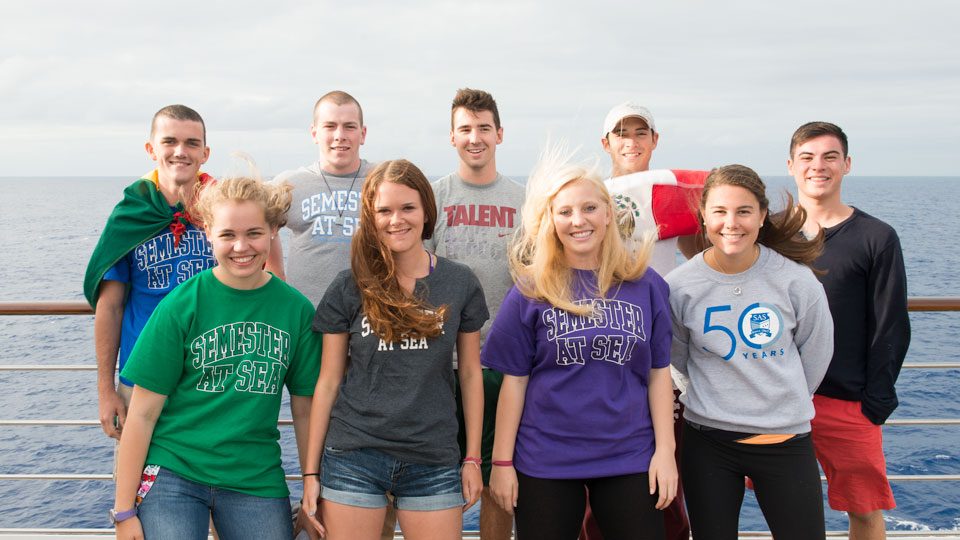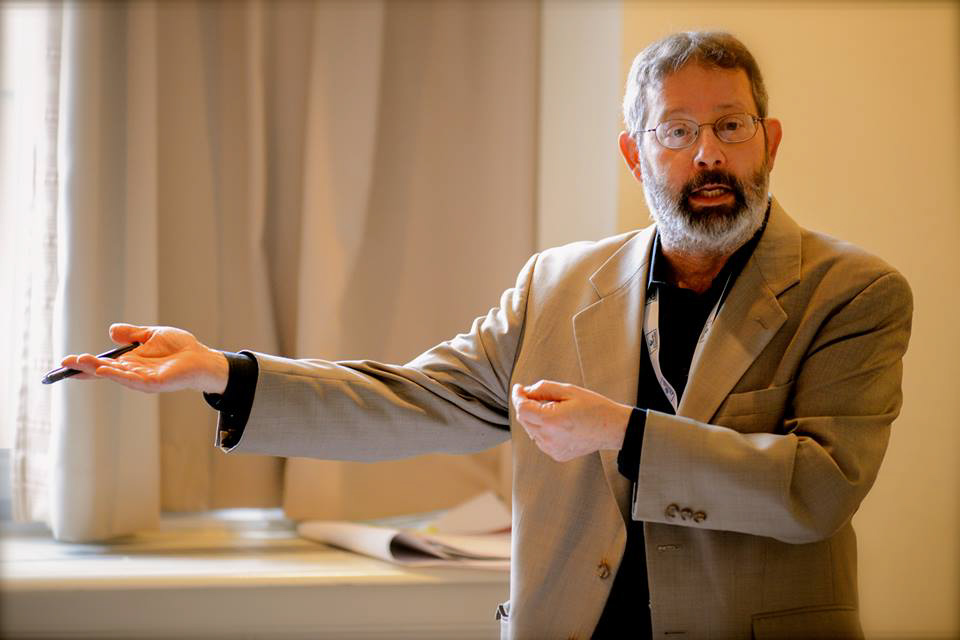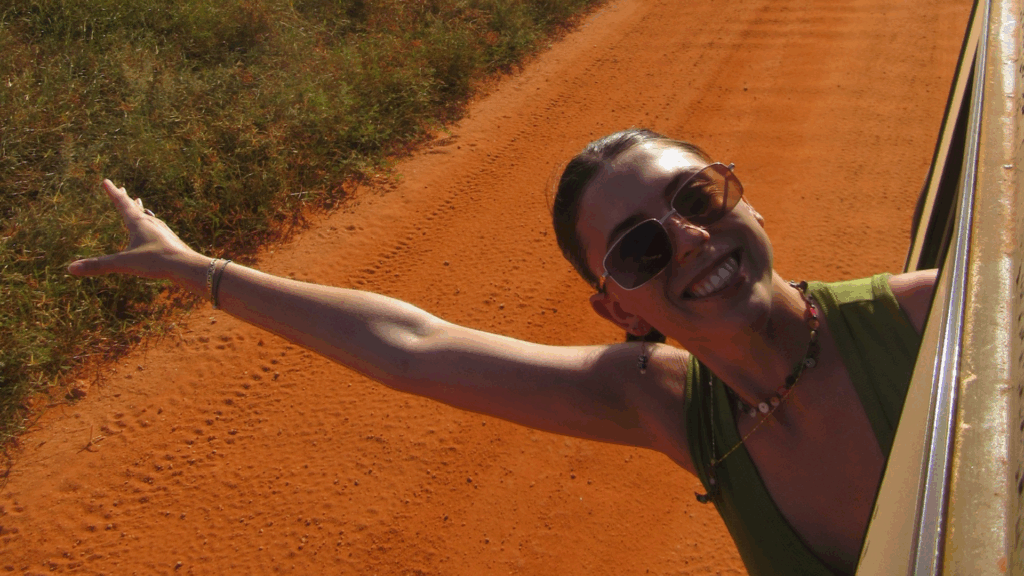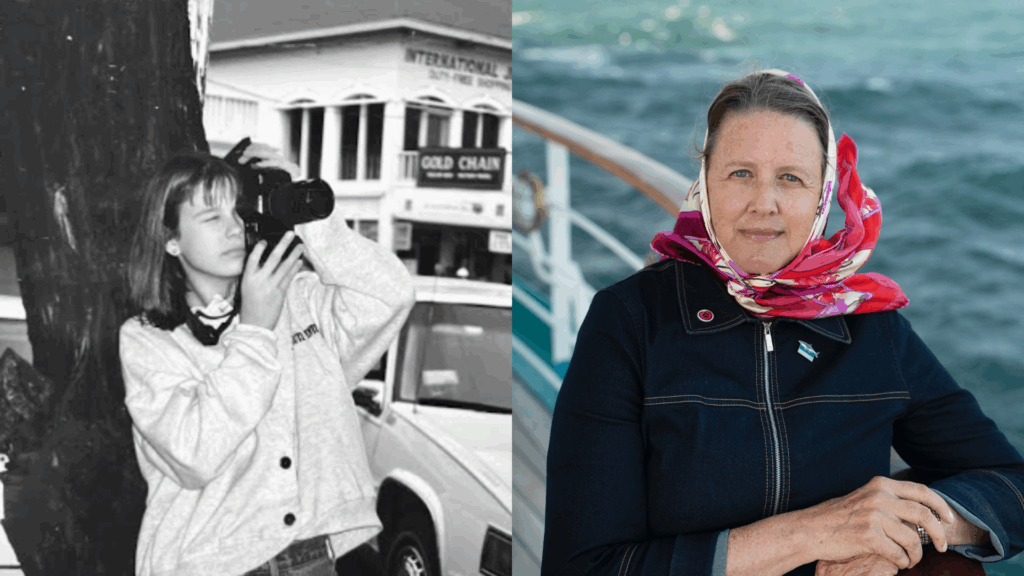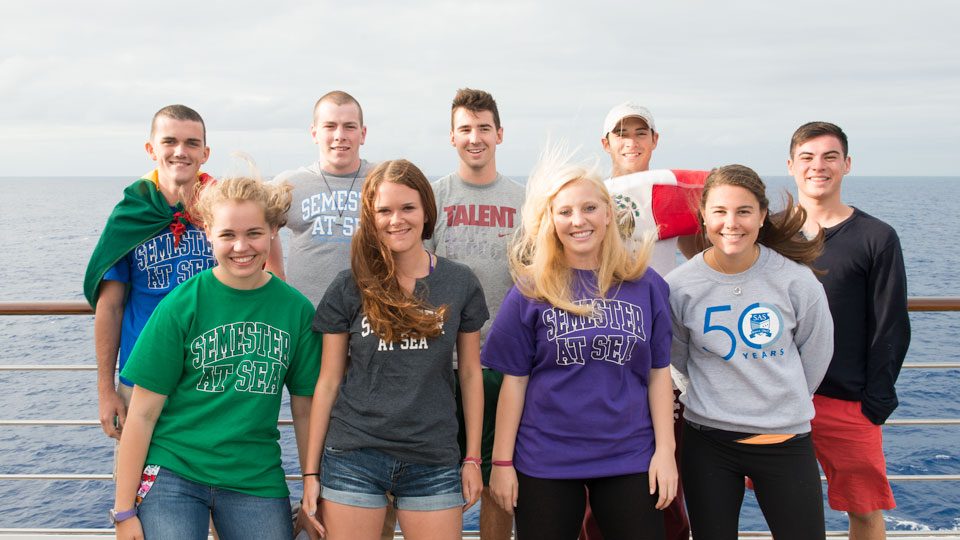
The traditional college application process goes something like this: High school seniors apply to universities in the fall, await acceptance letters over the winter, make a final commitment in the spring, and are whisked off to college the following autumn. Gap years, however, are building a popular tradition of their own, and for good reasons.
High school graduates often enter college with limited world views and few work experiences. For gap-year students sailing with Semester at Sea, the months before home university enrollment are spent expanding world views, opening new doors, and capitalizing on once in a lifetime opportunities.
Among the 12 gap-year students sailing on the 50th anniversary voyage are Carolina Hernandez Romero and Marina Brockmann, who will attend Universidad Iberoamericana this spring. For Mexican citizens, Carolina and Marina, a gap year was not so foreign a concept.
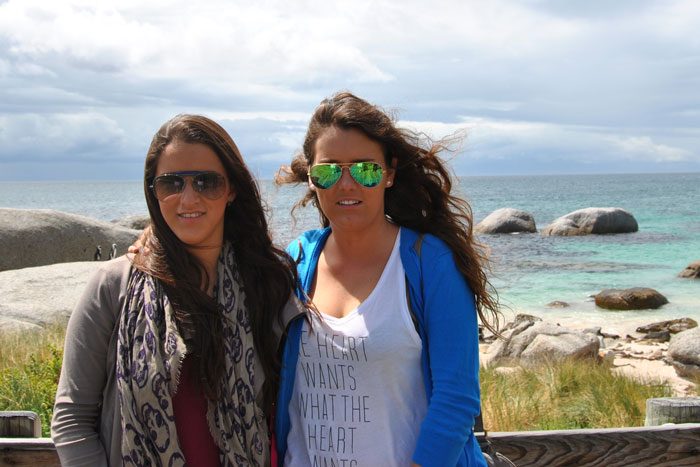
“Gap years are more popular in Mexico than in the U.S. A lot of students will travel to Europe or learn a new language, but taking courses for college credit before enrolling in your home university is not common,” says Carolina.
For high school graduates in the US, many see only two options, go to college or get a job. Curtis Mraz, who will enroll at the University of Puget Sound next fall, learned about gap year possibilities from his father and by actively seeking out gap year fairs. Sarah Holmes and Samantha Tetrault received independent scholarships to sail with SAS but had little knowledge of gap year opportunities beforehand.
“Nobody had really heard of a gap year where I am from,” says Samantha, a native of West Palm Beach and incoming freshman at New York University. “My family and friends simply didn’t understand what it was.”
Thrust into U.Va-sponsored courses, a new shipboard community, and parts of the world they had never seen before, the gap-year students knew this semester would be a time for adapting and exploring from the start. Now a few months into the voyage, all agree Semester at Sea has changed their educational, career, and world perceptions.
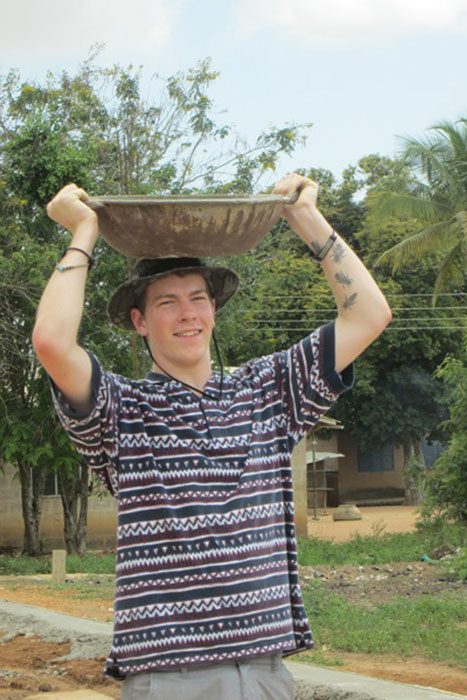 “Being able to connect facts in a textbook with actual experiences has really allowed me to become a more active participant in both academics and community. For instance, I know that wind is a source of renewable energy and I have read about the capital costs and setup processes, but having the opportunity to walk inside a wind turbine, in Cadiz, Spain, is something that will make those facts hard to forget,” Curtis says.
“Being able to connect facts in a textbook with actual experiences has really allowed me to become a more active participant in both academics and community. For instance, I know that wind is a source of renewable energy and I have read about the capital costs and setup processes, but having the opportunity to walk inside a wind turbine, in Cadiz, Spain, is something that will make those facts hard to forget,” Curtis says.
“Community service projects like Pencils of Promise make world issues a bit more personal when, alongside raising money to build schools in Ghana, you witness preschool students being taught under trees,” he added.
For students new to college, a voyage with Semester at Sea introduces gap years to university classrooms, accomplished faculty, and a diverse student body. The pace, the flow, and the lifestyle college requires demand adaptations one simply cannot make in a traditional high school.
“On this voyage, I’ve learned how to take notes during a large lecture as well as the importance of seeking out and getting to know professors. I have learned a lot about the social aspects of college, too. My closest friends are sophomores, juniors, seniors, and life-long learners,” says Sarah Holmes, who will study at the University of Miami-OH this spring.
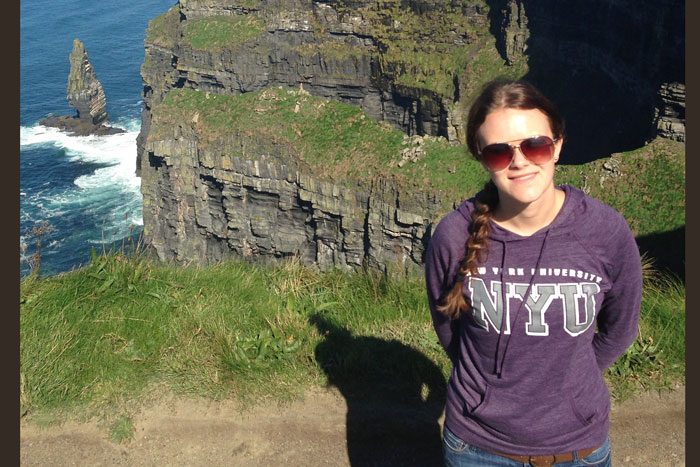 Exposure to students and professors from around the world, seminars on a variety of global issues, and glimpses of international professions gives students plenty of fodder to mull on. Even for prospective college students dead-set on their majors, a real-world experience like a semester with SAS can make one reshape a plan of study, or even a career path.
Exposure to students and professors from around the world, seminars on a variety of global issues, and glimpses of international professions gives students plenty of fodder to mull on. Even for prospective college students dead-set on their majors, a real-world experience like a semester with SAS can make one reshape a plan of study, or even a career path.
“Before I came here I was sure I wanted to study finance, but now I am considering studying international business, which is something I would have never thought about, had I not done Semester at Sea,” says Marina.
Taking a semester abroad with SAS can also help with a career search post-graduation. For gap-year students, this means expanding their network before even setting foot at a home university. Building an international network never hurts come job-search time.
“Thanks to Semester at Sea, I now know people who are going to be involved soon, if not now, in all different occupational fields from all over the United States as well as internationally,” says Curtis.
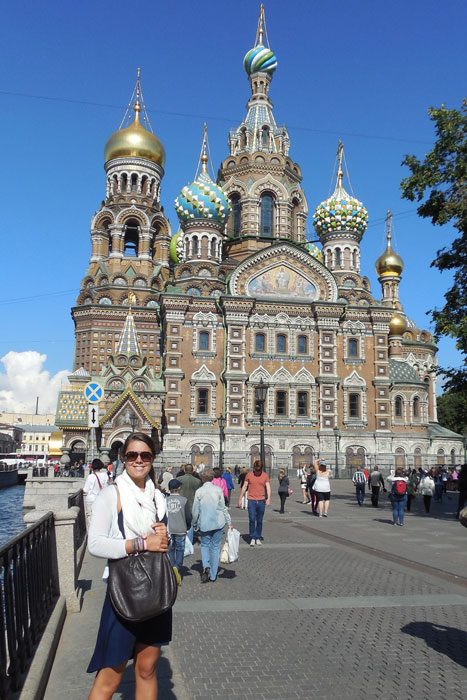 So why aren’t more high school grads taking a semester or a year to explore the world before college? When it comes down to it, not a lot of people know how feasible a gap year is. Besides going straight from high school to college is what we’ve done in the US for decades.
So why aren’t more high school grads taking a semester or a year to explore the world before college? When it comes down to it, not a lot of people know how feasible a gap year is. Besides going straight from high school to college is what we’ve done in the US for decades.
Curtis doesn’t believe he’s missing out on anything by taking a gap year. “College isn’t going anywhere,” he says. “The classes and good times will still be there in a year, I’m certain about that.”
Other gap year students sailing on the Fall 2013 voyage are: Ana Alanis and Trevor Holden, who’ll attend UC-Berkeley; Keaton Crawford of Western State College; Andrew Allanson, of USC; Brennon Kauffman of Northern Virginia Community College; Hector Rocha of Universidad Iberoamericana; and Mercer Schuchardt of the College of Dupage.
